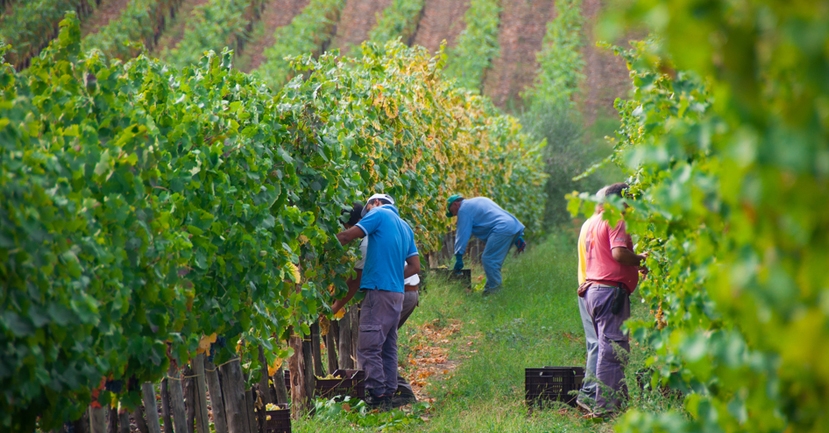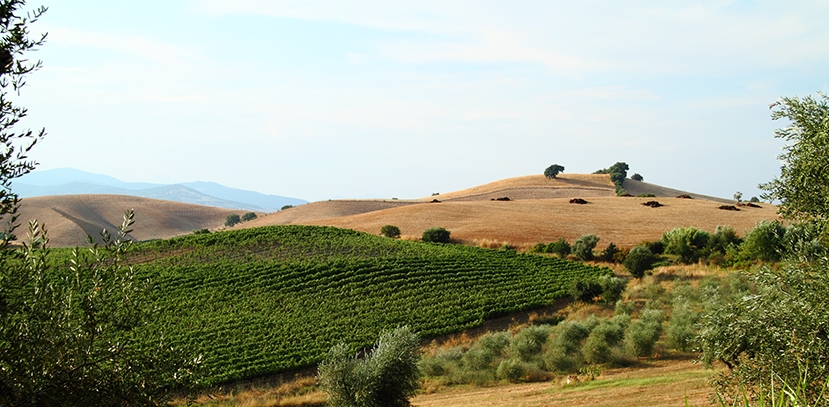BLOG
Sicily’s Most Important Denomination
Jacopo Mazzeo
Regional Spotlight

Not all geographical indications (GIs) are created equal. Small ones are often associated with higher-quality wines, while broader, region-wide designations are generally reserved for more regular bottlings. Take Veneto, for instance. Names like Amarone della Valpolicella Classico, Soave Classico, and Conegliano Valdobbiadene Prosecco Superiore are more often than not found on more prestigious labels than the region-wide Veneto IGT, generally destined for more unassuming liquids.
In a region like Sicily, however, where production of—and recognition for—quality wine production is a relatively recent phenomenon, this dynamic is reversed, as few of its many smaller denominations are known beyond the island. Raise your hand if you’ve ever come across Riesi, Delia Nivolelli, or Contessa Entellina…
As a result, many winemakers bypass smaller and obscure denominations in favor of the broader Sicilia DOC, making it by far the most important denomination in the region’s wine industry. The "Sicilia" name indeed offers producers a significant business advantage, with Sicily being a widely recognized geographic entity, even among non-wine enthusiasts.
That said, its vast geographical scope and the viticultural freedom it offers winegrowers (a long list of international varieties alongside some 14 native ones) make navigating its wines a rather complex endeavour. Gaining a better understanding of the native varieties used in Sicilia DOC wines and the styles they produce is therefore essential to truly grasp the region’s wine scene.
Nero D’Avola

Sicily’s most widely planted red grape, Nero d’Avola, is also the dominant variety in Sicilia DOC wines. Historically, its prime growing area was in the southeast, which supplied large quantities of wine to Bordeaux during the phylloxera crisis. Today, though, it is cultivated across the entire region. Fueling its popularity is Nero D’Avola’s remarkable versatility, with styles ranging from fresh and fruity to full-bodied and age-worthy, often with excellent structure and soft, approachable tannins. The grape may also serve as a base for sparkling wines and is an excellent choice for rosé, too.
Aged exclusively in stainless steel, Cantine Colosi’s interpretation is a perfect example of a pure, savory, vibrant, spicy, and floral expression of Nero d’Avola. At the other end of the stylistic spectrum is Fina’s Bausa, made from grapes grown in western Sicily. This bolder take on Nero d’Avola matures for 18 months in large tonneaux, revealing an intriguing briny nose with maraschino cherry notes and a rich palate of winter spices and firm, grippy tannins.
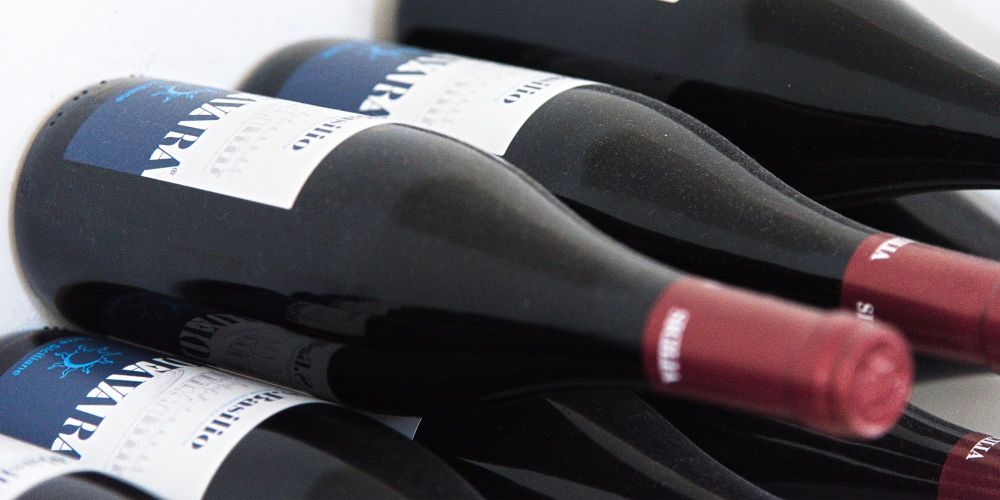
Catarratto
Catarratto is Sicily’s most common white variety. The name, however, actually refers to a group of grapes—the most widely planted being Catarratto Comune. Many consider the Catarratto Lucido variant (“Shiny Catarratto”, so named for its lack of waxy bloom) to be the superior variant, producing wines with a more restrained aromatic profile and delicate character.
Historically, Catarratto grapes were used in fortified wine production, and perhaps for that reason this has long been considered a workhorse variety. High-quality results, however, can still be achieved when both viticultural practices and winemaking are focused on quality.
As a grape variety that has only recently been embraced for quality winemaking, there is no established rulebook for the ideal stylistic approach. Alessandro di Camporeale's Catarratto Benedè, for instance, showcases great vertical minerality on the palate and a delicate floral character, while Terre di Gratia 27 focuses on the textural potential of the grape. There are numerous expressions that undergo skin maceration, too, including a fine one by Curatolo Arini, better known for its excellent Marsala.

Grillo
Like Catarratto, Grillo was originally used primarily for Marsala production and, for a long time, was overlooked for quality wines. Yet, in recent years, its significant potential and versatility have led to its cultivation across the entire island. Today, Grillo wines can range from powerful and structured to exuberantly fresh and dynamic, with pronounced aromatics and a distinct mineral backbone serving as common threads across various interpretations.
Barone Sergio’s Alegrè Grillo offers a rather popular laid-back interpretation of the grape—light, fresh, and perfect for relaxed, sunny afternoons or as an aperitif. Villa Viticcè’s version, on the other hand, displays Grillo in full aromatic swing, with exuberant tropical notes and a pleasant waxy texture, while Casa di Grazia’s Zahara highlights the grape’s elegance and salinity.
Some producers also experiment with wood maturation—like Cantine Fina’s Kebrilla Grillo, which involves 20% barrique aging—while others capitalise on its high acidity by turning it into fizz. There are some delicious expressions, including Santa Tresa’s Martinotti method, as well as a delicious classic method from leading Marsala producer De Bartoli.
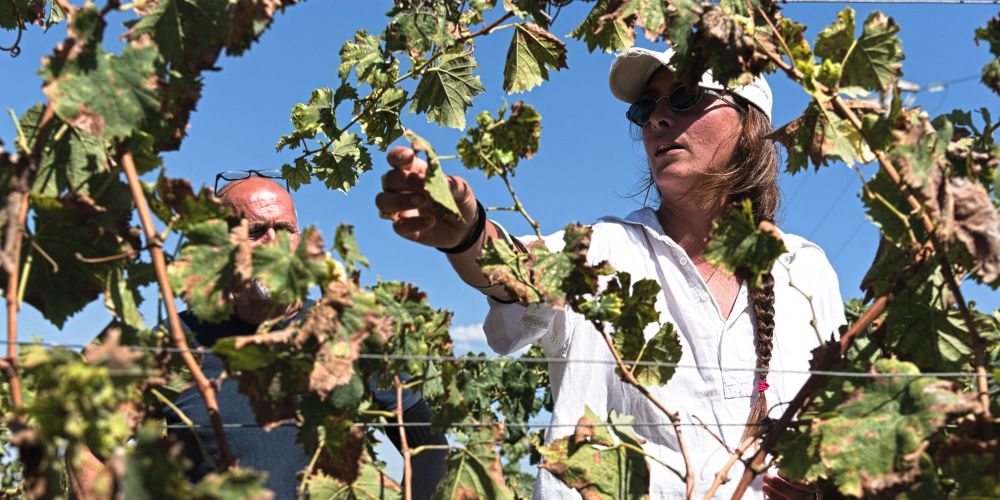
Other indigenous grapes
Not yet as common as the likes of Nero D’Avola and Grillo, the red Perricone (or Pignatello) and the white Inzolia (or Ansonica) are gradually gaining popularity in quality Sicilia DOC productions. The former, more prevalent in the western part of the region, is increasingly appealing for its good resistance to droughts. Wines made from Perricone tend to be aromatic and elegant, with some interpretations also made as rosé. The latter produces white wines that are round, light, and refreshing, with an appealing aromatic complexity of tropical and ripe stone fruits.
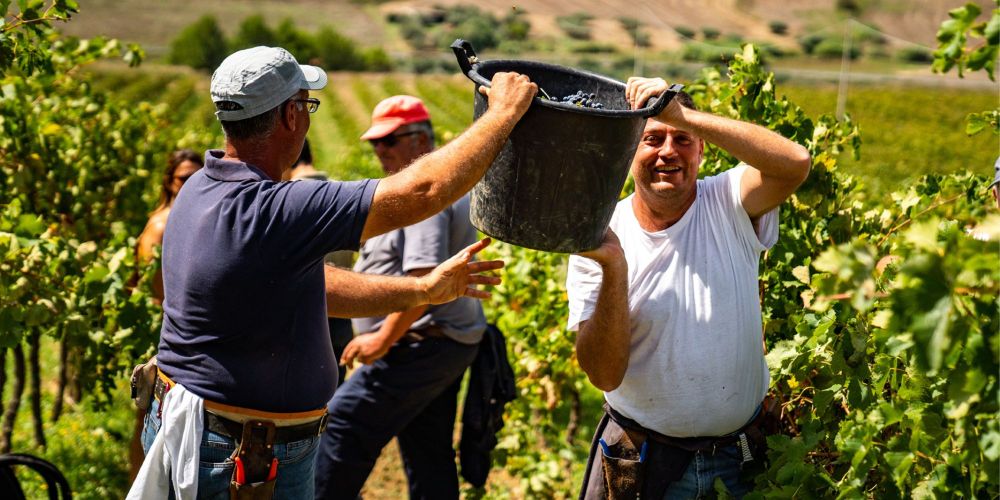
The Sicilia DOC also allows producers to craft their own distinctive interpretations of grapes commonly associated with Sicily’s more well-known denominations. For example, Frappato, a key component of Sicily’s only DOCG wine, Cerasuolo di Vittoria, can also produce aromatic wines with a profile similar to a gentle Grenache in other areas. Similarly, the red Nerello Mascalese and the white Carricante both give their best on Mount Etna, but can also contribute to complex, well-structured wines when grown elsewhere on the island. Meanwhile, Zibibbo, the local name for Muscat of Alexandria, is the star of the renowned Passito di Pantelleria, but it is increasingly being used to craft delightfully aromatic dry whites across Sicily.
Adding to this already rich portfolio, winemakers can also explore a small number of nearly forgotten indigenous grapes, like Nocera. Planeta—widely regarded as one of the pioneers of the island’s quality wine revolution—has been instrumental in revitalizing this grape, with a stainless-steel-only bottling that lets its unique character shine.
The range of heritage varieties available for producers to bottle under Sicilia DOC is set to expand in the coming years. The genetic wealth of the region’s vineyards is the focus of an ambitious project led by the Consorzio di Tutela Vini DOC Sicilia, in collaboration with the Regional Agriculture Department, the University of Palermo, and the F. Paulsen Center for the Conservation of Vine Biodiversity. The project has studied over 130 new clones of native species, some of which will eventually be incorporated into the production regulations of the Sicilia DOC. This will not only give winemakers more options to express their identity, it will also provide wine lovers and professionals with deeper insights into the viticultural heritage of the region.


